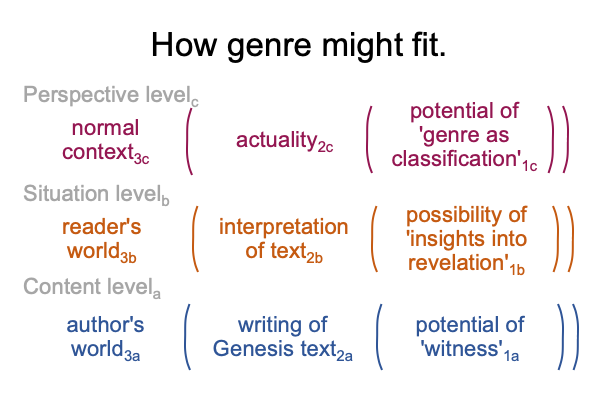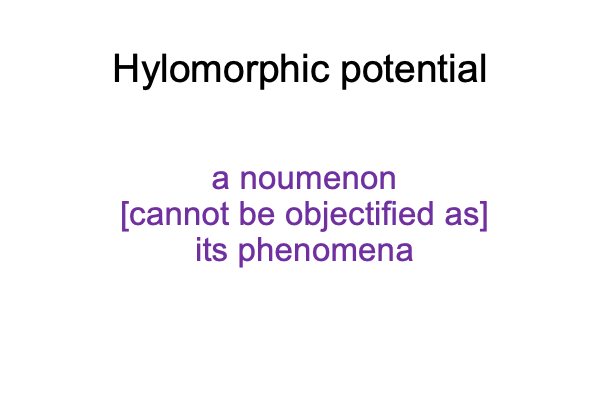Looking at the Book (2015) Genesis: History, Fiction or Neither? (Part 15 of 38)
0051 Hoffmeier next turns to the stories, starting with Adam and Eve.
Genesis 2:10-14 places Eden in Mesopotamia during the wet Neolithic (around 7800 years ago), when four rivers enter the newly-filled Persian Gulf.
0052 To me, the stories of the Garden of Eden associate to the first singularity.
From a scientific standpoint, the first singularity starts with the appearance of a speech-alone talking culture, the Ubaid of southern Mesopotamia. The dynamics are discussed in The First Singularity and Its Fairy Tale Trace. The melding of two cultures, one land-loving Neolithic and the other coast-loving Mesolithic, must have taken generations. The routinization of pidgin, followed by its transformation into a fully linguistic creole, requires more than one generation.
0053 Yet, as typical of fairy tales, the names of actual people get entangled in memories of what happened. Clearly, something happened. It happened to real people.
0054 The artistry of the Stories of Adam and Eve is remarkable, especially when the nature of the first singularity is not disregarded.
For example, a talking serpent, who suddenly appears in the tree of the knowledge of good and evil and ends up crawling on the ground like a snake named “Desire”, testifies to the character of the transition. The serpent has no hands. It cannot talk in hand-speech talk. It can only perform speech-alone talk.



